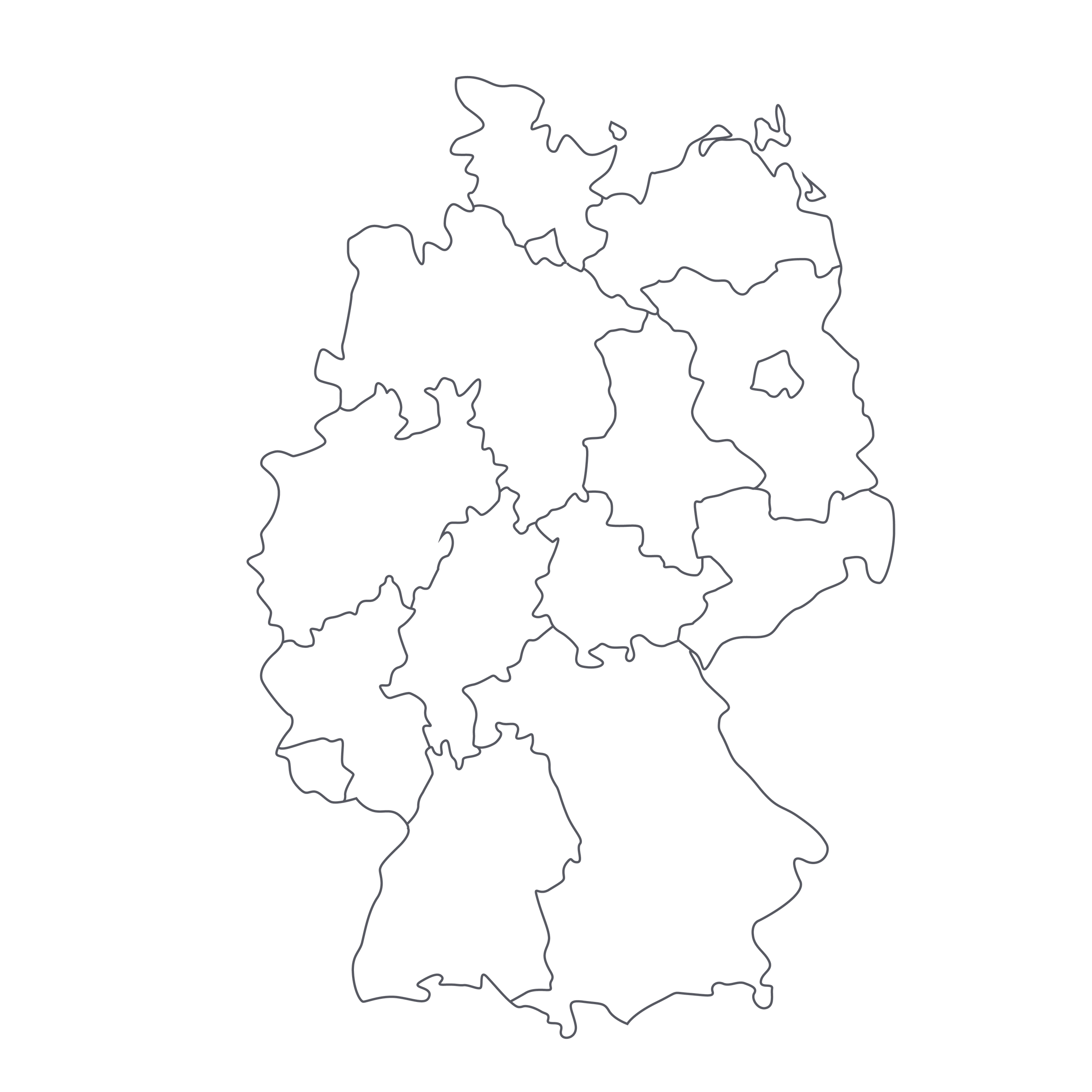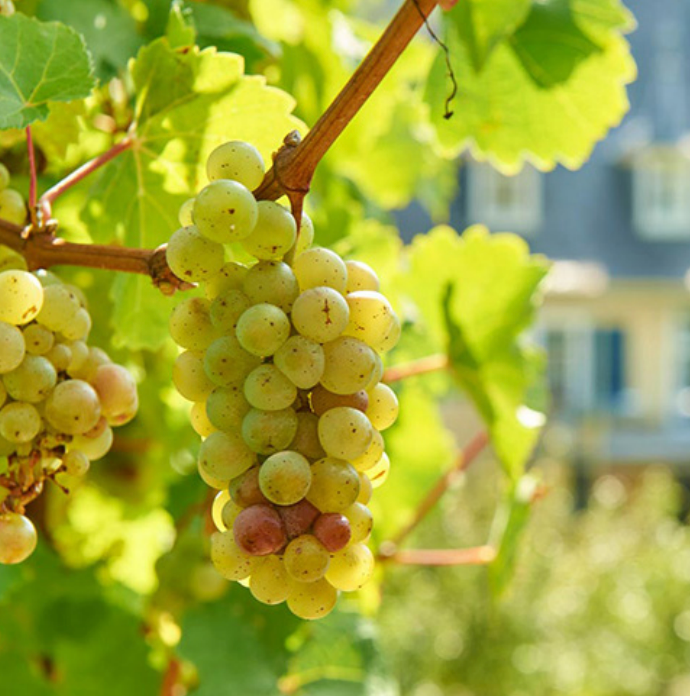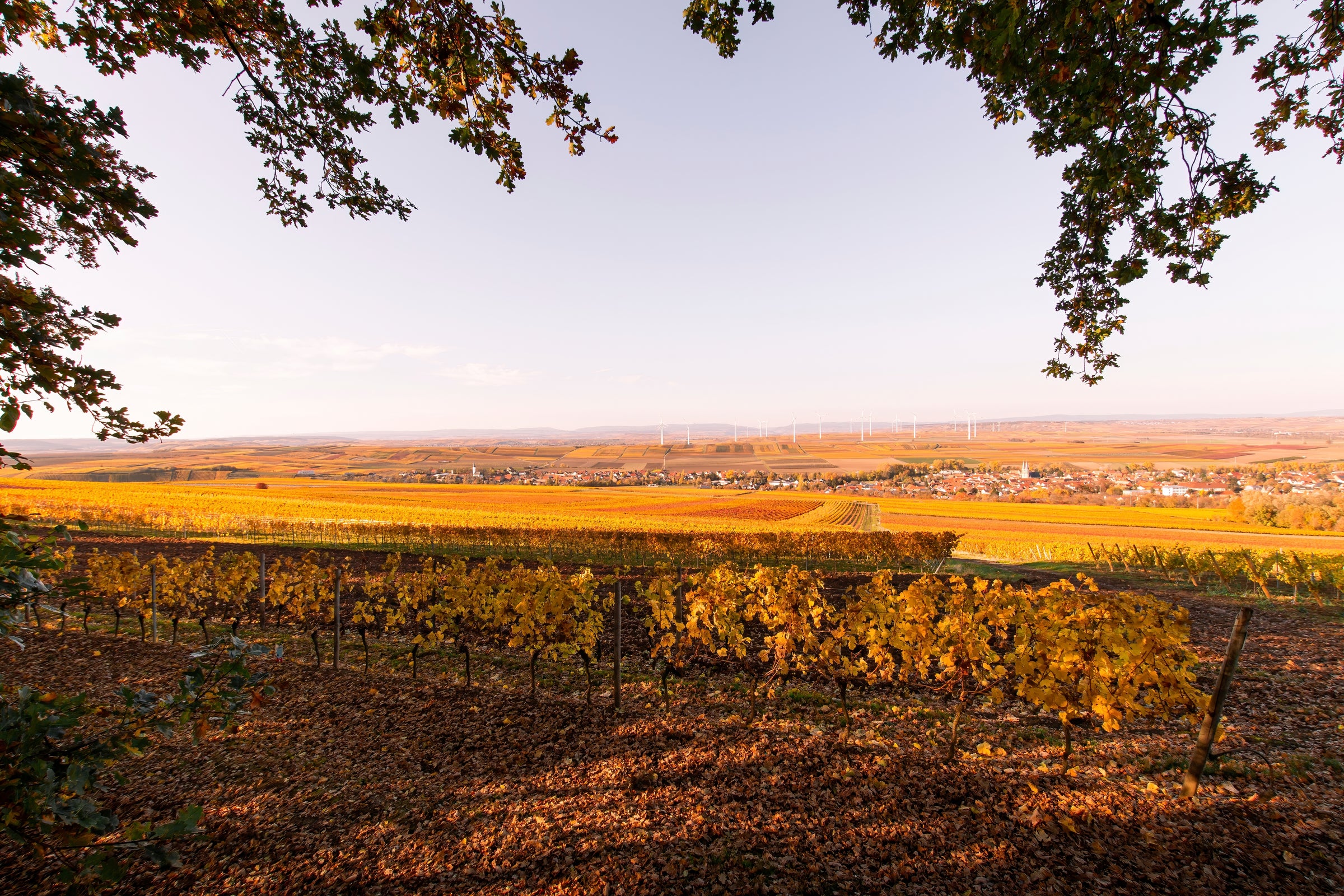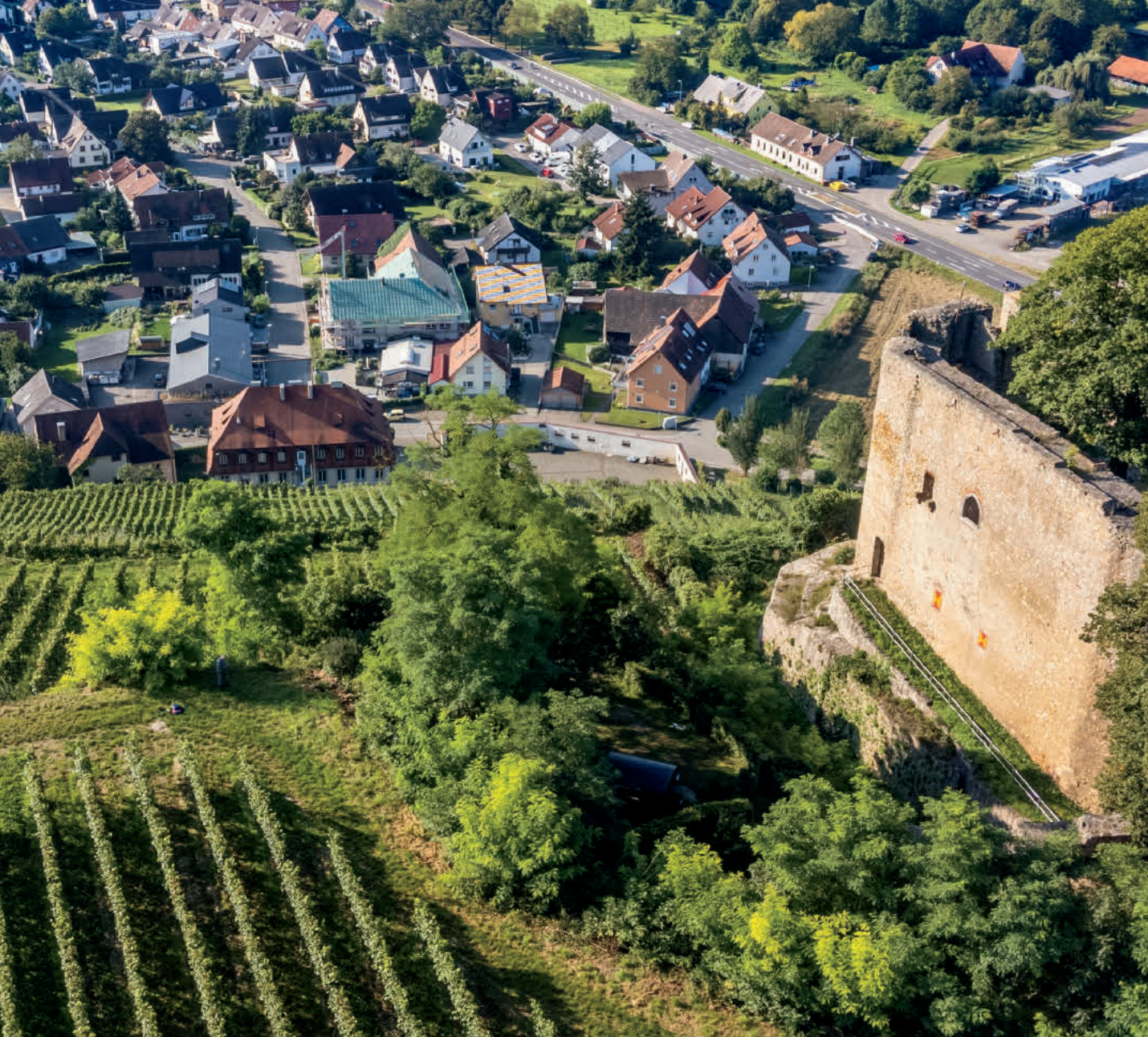Great German Riesling is beloved by sommeliers because drinking it is both a sensual and intellectual exercise. Perhaps no other wine challenges what you think you know about palate perception quite like the type of Riesling we’re offering here.
We’ve sold a number of Dr. Wagner’s wines—their value is among the best out there—but today’s bottle is really one to perk up for: This wine carries the
spätlese designation, directly followed by
feinherb. Meaning? You’ll pick up some perceptible sweetness that is smartly buttoned up with vibrant acidity, a higher alcohol level, and the magical sweet-to-dry transition that occurs in the bottle over time. So, all in all, what we have here is a spectacular 2008 “Saarburger Rausch” that defies pricing standards. It’s a vibrant, slate-expressive, palate-coating wine that doesn’t read sweet nor conventionally dry, but something curiously, deliciously in-between. Every wine lover should have an aged Riesling experience like this, and at this price, everyone can. Further, when it comes to provenance, there’s no guessing game involved—this small batch came directly from Dr. Wagner’s deep cellar. Affordable, chameleonic, aged Riesling? We go crazy for this!
Let’s return to the term “feinherb” for a second, because it is somewhat loosely defined: It is one of many German wine-classification terms used to describe sweetness level—in this case ‘semi-dry,’ measured in grams per liter of residual sugar in the wine, which for Feinherb ranges from 10-20 grams per liter (putting it roughly in the range of halbtrocken, or ‘half-dry,’ wines, which max out at 18 grams/liter by law). Some experts view Feinherb as more of a marketing term than an ‘official’ classification, but really, the fact that there’s so much terminology on labels relative to sugar levels reflects the persistent unease of consumers with wines showing any residual sweetness whatsoever. As I’ve said repeatedly: Sweetness is in NO WAY a bad thing. Just because some mass-produced brands in the past used sweetness as a way to mask poor quality doesn’t mean you write off an entire category! Taste today’s ’08 and you’ll agree: There’s no white wine experience that compares to it.
Weingut Dr. Wagner is yet another example of the rich wine history to be found at every twist in the rivers that define German wine culture. The estate is in the village of Saarburg, about 15 kilometers south of where the Saar meets the Mosel, and traces its origin to Josef Heinrich Wagner at the end of the 19th century. Over the decades, this small estate has weathered two World Wars and, impressively, has never relinquished any of its holdings—which are contained in just three prime sites. You’ll find “Rausch” and “Kupp” in the town of Saarburg, and “Bockstein” in nearby Ockfen, all of which can trace their viticultural roots back to Roman times.
Today, the five-hectare property is run by fifth-generation Christiane Wagner. Among the estate’s key vineyard holdings is a piece of “Saarburger Rausch,” a site also favored by Wagner’s neighbor, Zilliken. “Rausch” translates as “intoxication,” and while it is indeed intoxicating to look at its dizzying, 40%-60% slopes, the Wagners note that the name was derived from local dialect, rusche (‘rubble’). Saarburger Rauch is indeed stony and geologically diverse, featuring a predominance of layered Devonian slate that allows vines to burrow deeply into what is effectively a sheer rock face. Dr. Wagner’s stand of vines here is manually worked and harvested with meticulous care. The wine ferments in traditional neutral casks and ages in the estate’s historic cellar—the largest vaulted cellar in the Saar Valley. Our lot came directly from them.
Today’s 2008, now with over a decade of bottle age, is a fascinating bottle of wine. The prestige of the Saarburger Rausch vineyard is in full effect here, as well as the moderated residual sugar—whatever sweetness you perceive is quickly balanced by roaring waves of acidity and brilliantly textured minerality. The deep yellow wine explodes with powerful, incredibly varied aromas in the form of wet stones, ripe apples, damp honeysuckle, white peach, and Asian pear before ‘petrol’ and wet slate jump out of the glass. What’s most intriguing is how its vibrancy, combined with time in bottle, have conspired to make this wine feel almost dry. It is rich and palate-coating but also steely and stony…just mind-bending in general and ready to open and enjoy now (though there are still 10-15 years of life in this wine). Serve in all-purpose white stems and keep the temperature around 50-55 degrees to fully unleash its aromas. You can’t go wrong if pairing it with an eastern dish—the attached, in-depth recipe for coconut curry shrimp will light up a room. Cheers!






